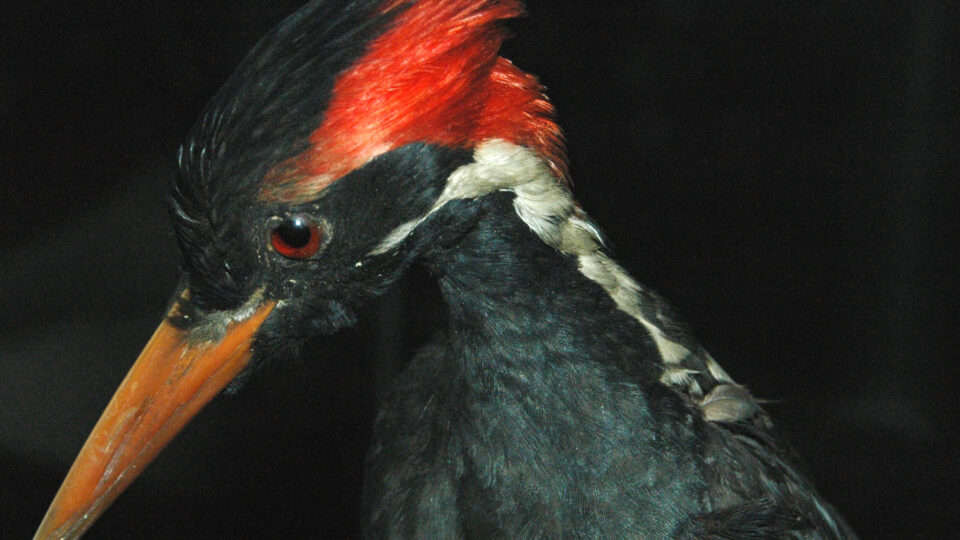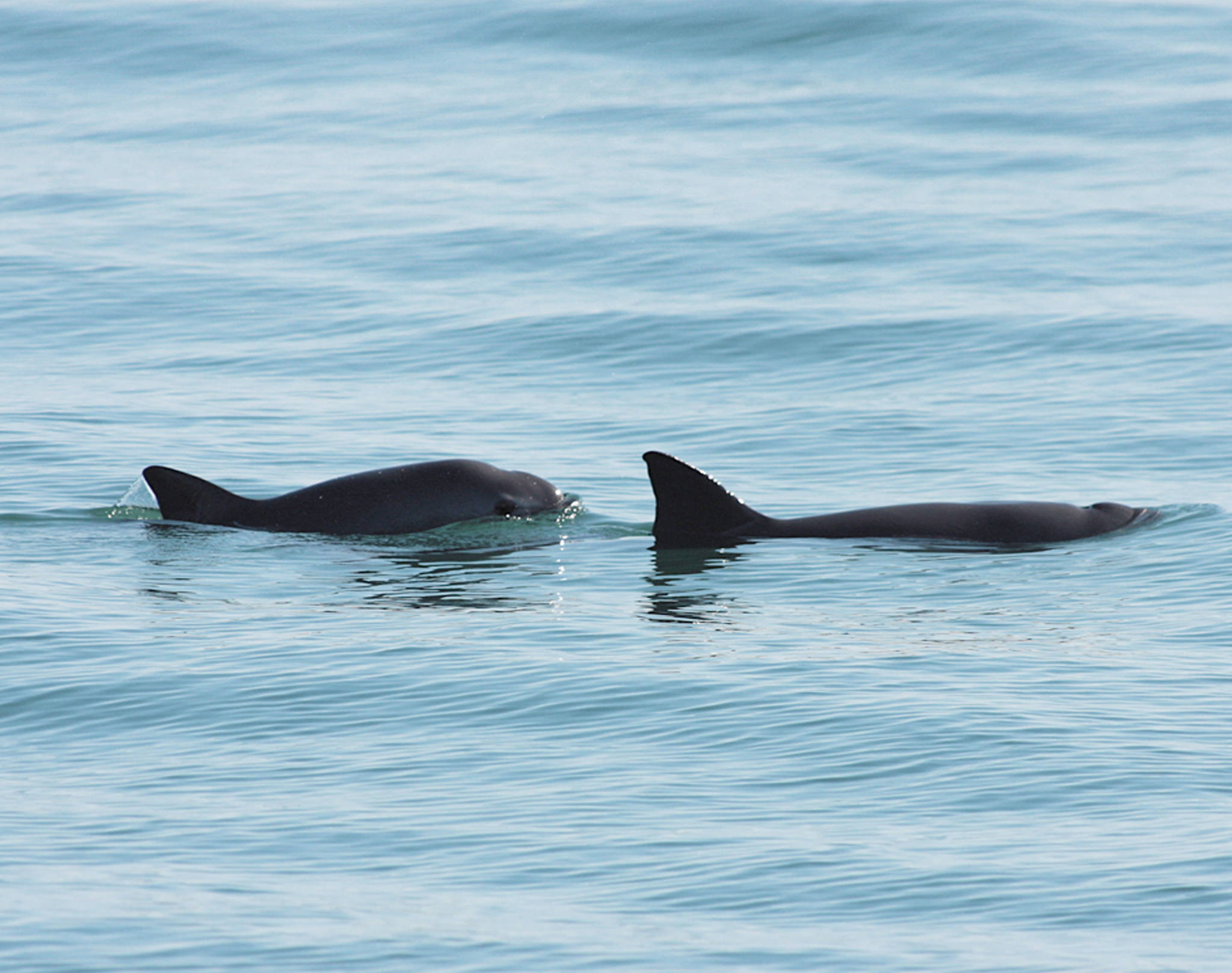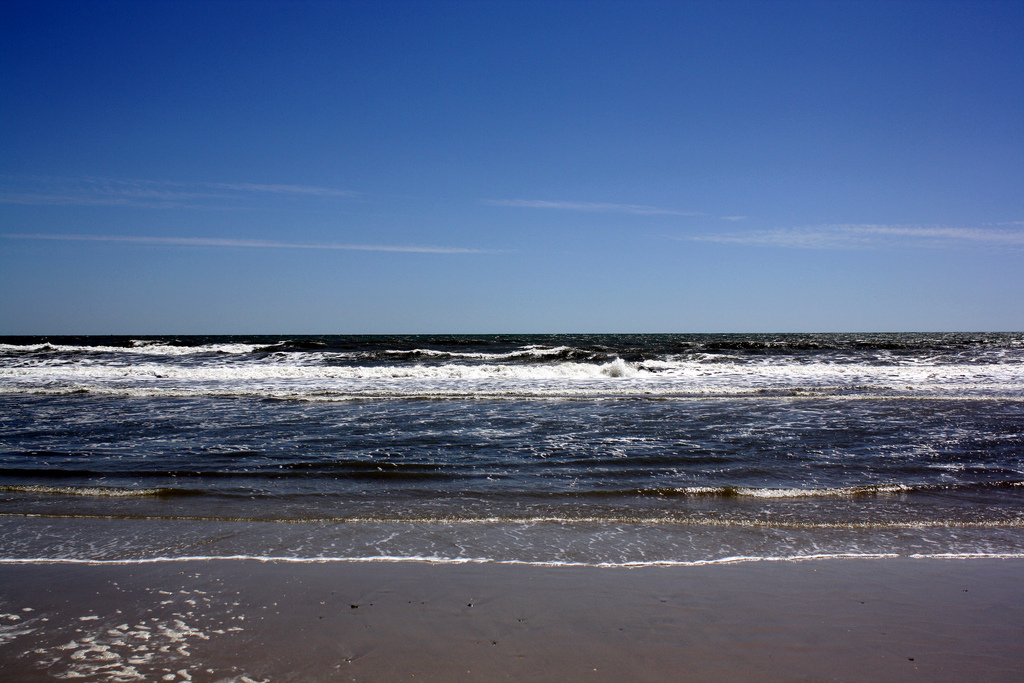The ivory-billed woodpecker is or was the largest woodpecker in the United States. The last unassailable sighting of the bird was in 1944. Since then, there have various reports of glimpses of the bird or of hearing its distinctive sounds. But there has not been anything resembling proof that the bird still exists.
Despite this, the ivory-billed woodpecker has been legally protected under the Endangered Species Act. There has been a proposal to end that protection and formally declare the species extinct. Because of the controversy surrounding the bird, a final ruling on its status has been repeatedly delayed by the US Fish and Wildlife Service.
Very recently, a peer-reviewed study in the journal Ecology and Evolution makes the case that the ivory-billed woodpecker still exists and that it is premature to declare it extinct. The study cites visual encounters by expert observers, audio recordings, tree-damage, and rather grainy video evidence. The authors claim that there is intermittent but repeated presence of birds that at least look and behave like ivory-billed woodpeckers.
One might ask: why does it matter whether this bird is declared extinct or not? The answer is that there are limited federal funds for conservation efforts, and they should be spent on saving genuinely endangered species and habitats. The authors of the new study say that removing federal protection would be bad for any remaining ivory bills, which may be living in some swampy old-growth forests in Louisiana. Other scientists consider conservation resources expended on the ivory-billed woodpecker to be chasing a ghost.
As is the case for several other notorious objects, one really clear photograph of an ivory-billed woodpecker could solve a long-standing mystery.
**********
Web Links
A Vanished Bird Might Live On, or Not. The Video Is Grainy
Photo, posted October 19, 2014, courtesy of James St. John via Flickr.
Earth Wise is a production of WAMC Northeast Public Radio




